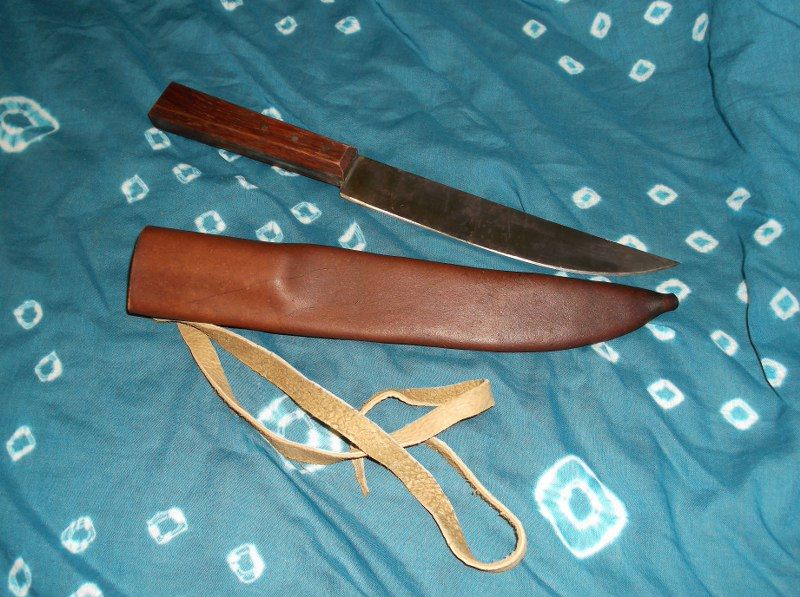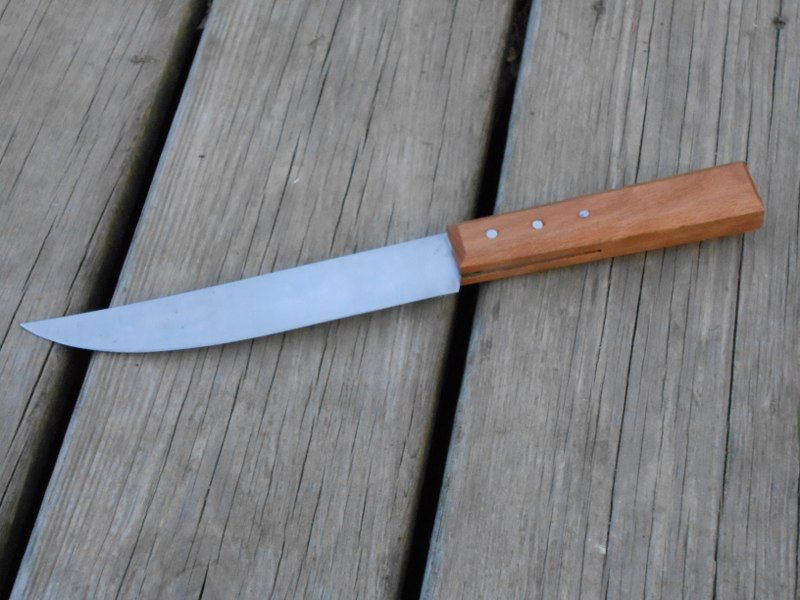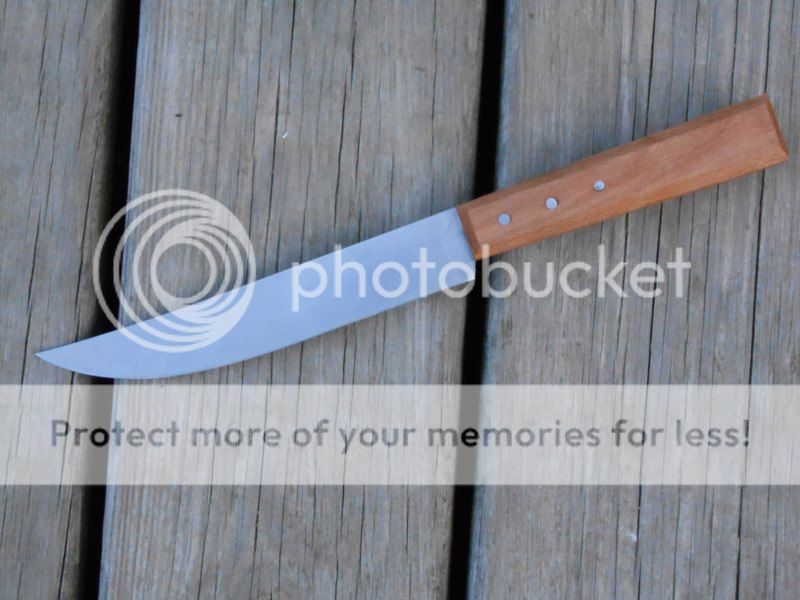The 18th century was NOT a big time period for "fighting knives" anyway, with certain exceptions: the Italians and Spanish still liked their daggers and Navajas, and the Scots had their famous (guardless) dirks, but otherwise, for the most part, big fighting knives were definitely not in style. Knives were out, smallswords were IN. The 16th and 17th centuries were filled with big, beautiful, fighting knives. The 18th century rolls around and they virtually disappear, and don't really reappear until the Bowie knife craze of the 19th century. And that's kinda what drives the desire for the 18th century fighting knife today. They had Bowie knives in the 19th century, so they MUST have had an equivalent in the 18th. No, not really.
I believe also, that the poor, rough, frontier trash would be generally too poor to purchase a purpose-made fighting knife. A cheap butcher knife, which they would have had already (maybe), would have to do. Of course, they also would have the tomahawk. :wink: Other than these types of people (well, them and sailors...) who might possibly end up in a knife fight, most people did not live in such lawlessness, and a "fighting knife" was simply not a concern.
As far as fighting is concerned, I think there is one weapon that is greatly overlooked today... the cudgel. I can't show you one scrap of evidence for the "18th century Bowie knife", but I can show scads of documentation for cudgels, clubs, and big walking sticks used to beat each other up. :wink: Why cut somebody when you can beat them to death? It's much more satisfying.








 ) that further e-lip flapping would be useless.
) that further e-lip flapping would be useless.